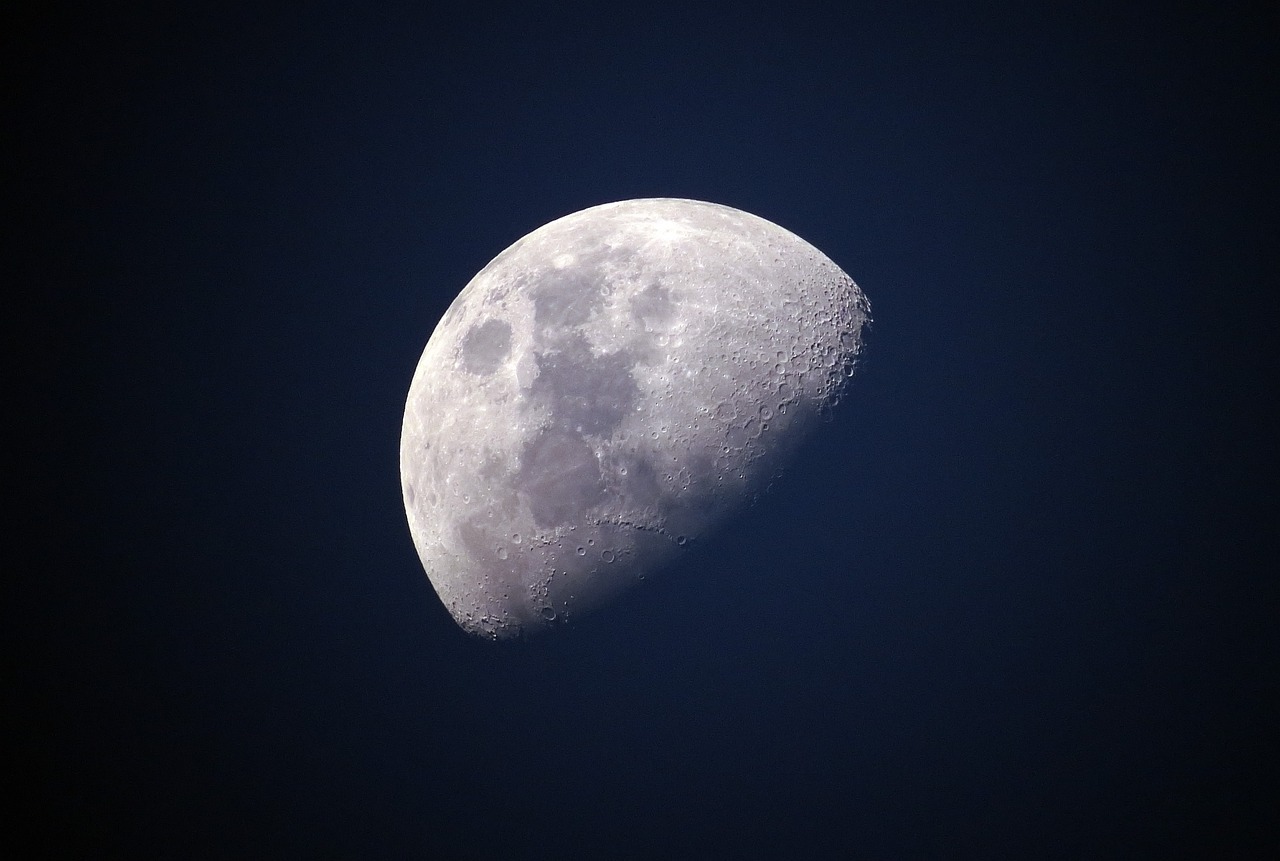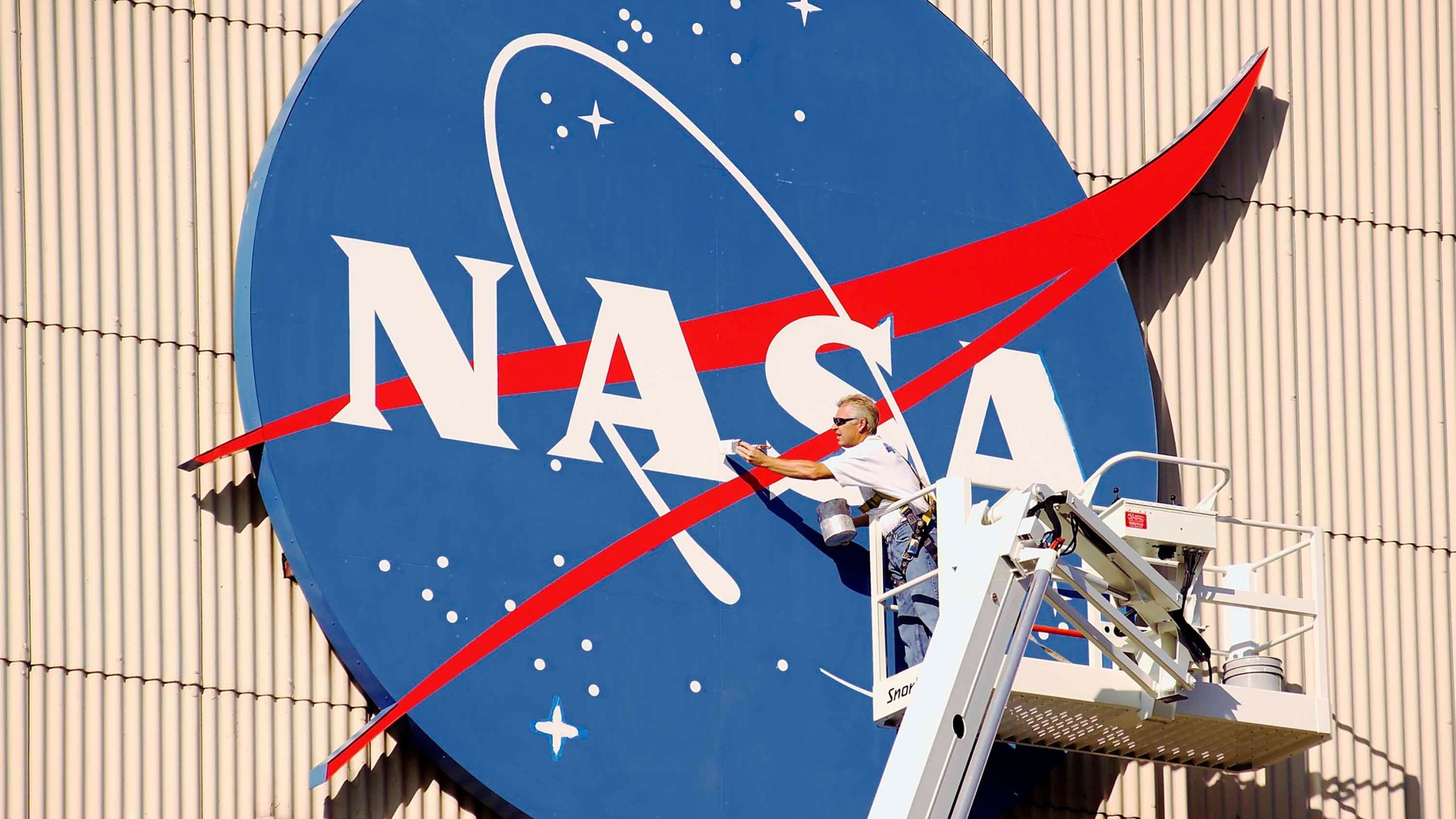The White House has tasked NASA with creating a fresh time zone for the moon. Arati Prabhakar, head of the White House Office of Science and Technology Policy (OSTP), conveyed this directive in a letter on Tuesday. The goal is to establish a consistent standard time for the moon and other celestial bodies besides Earth to streamline timekeeping.
Dubbed Coordinated Lunar Time (LTC), this initiative aims to facilitate future space missions requiring precise navigation and scientific endeavors. As stated in Prabhakar’s letter, NASA has until the end of 2026 to develop this new time zone. The United States intends to collaborate with allies and partners to return humans to the moon and build capabilities for a sustainable presence.

The Moon (Credits: The Tech Report)
With the anticipation of various entities, including governments and private companies, sending spacecraft to the moon, creating this new time zone is essential for scientific exploration, economic growth, and international cooperation.
Standardizing time for the moon is vital for scientific advancements and enhancing the safety of spaceflight operations, Prabhakar highlighted in the letter. She acknowledged the known implications of establishing a standard lunar time, given the time dilation effects caused by the moon’s lower gravity than Earth.
Prabhakar emphasized the necessity for a consistent definition of time among users in cislunar space, the area within the moon’s orbit, to ensure safe navigation. As travel to the moon is expected to surge, the precision required for docking or landing spacecraft on the lunar surface surpasses current methods.

Space (Credits: VOA Learning English)
In February, the Odysseus lunar lander achieved a historic milestone by landing on the moon, marking the first U.S. moon landing in over 50 years and the first private spacecraft to do so. Despite encountering a setback with the lander toppling over prematurely, the event stirred excitement for the prospects of space travel.
NASA is gearing up to send astronauts around the moon in September 2025, with plans for a lunar touchdown at the South Pole in September 2026. Prabhakar emphasized that exploring cislunar space opens new avenues for human activity and promises opportunities for scientific advancement, exploration, and economic prosperity.
Prabhakar expressed gratitude to all those who have contributed to advancing our understanding of space exploration. She underscored the importance of continued collaboration and shared expertise as we progress.























